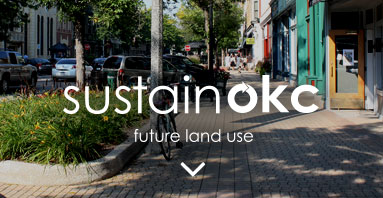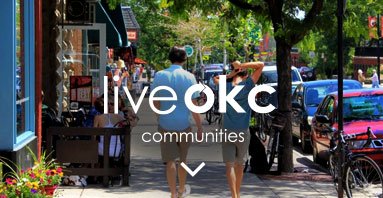We will provide City services in areas that create the most benefit for dollar spent and where market demand exists. New services should be provided in areas of the city are the most efficient to serve considering both operating costs and capital investments. In many cases, this will involve incremental infrastructure extensions in contiguous areas, or where a new drainage basin can be opened in areas where market demand and city growth goals coincide. Possible sources to demonstrate market demand include housing demand studies, employment land studies, retail strategies, land supply analyses, and system-wide study for specific services. The findings from these market studies should be incorporated into planokc and used to inform General Obligation bonds, Capital Improvement Projects, and the land use plan.
Public financing is a particularly important instrument for directing growth. In general, public financing should be directed to areas that promote planokc’s overriding goal of healthy and sustainable development. For example, extending a strategic interceptor sewer that opens a basin to development may receive front-end public financing through revenue bonds.
When developing new areas, the City should ensure that services can support new development without diminishing service to existing neighborhoods. For example, the need to extend water to new development should not jeopardize the availability of fire suppression flow in existing neighborhoods.
We will use municipal utilities and services as catalysts to leverage neighborhood revitalization and redevelopment. Investments in infrastructure and City facilities support revitalization efforts by both targeting and preparing key areas for redevelopment. Improvements to infrastructure and City services should be correlated with redevelopment efforts, in order to provide accurate information to the private market regarding preferred land use locations, uses, and intensities.






















